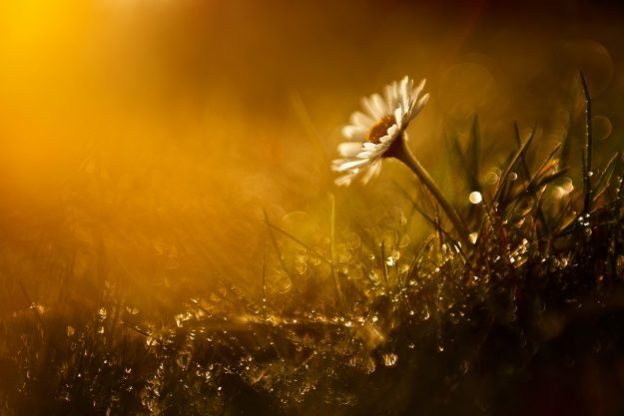
Nodens ‘the Catcher’ was worshipped across Britain in the Romano-British period. This is evidenced by his temple at Lydney, an inscription at Vindolanda on Hadrian’s Wall, and two silver statuettes found in Lancashire on Cockerham Moss suggesting the existence of a nearby shrine.
In medieval Welsh literature Nodens appears as Lludd Llaw Eraint. Lludd originates from Nudd ‘Mist’ and ‘Llaw Eraint’ means ‘Silver Hand’. A bronze arm found in Nodens’ temple in Lydney supports this link. His iconography and identifications with Mars and Neptune suggest he was a sovereignty figure associated with hunting, fishing, war, mining, healing, water, weather, and dreams. Many of these skills would have depended on his catching hand, which was lost and replaced in silver. Sadly we have no Brythonic stories explaining how Nodens/Nudd/Lludd got his silver hand.
Therefore we must turn to the Irish myths and the story of Nodens’ cognate Nuada Airgetlám ‘Silver Hand’…










